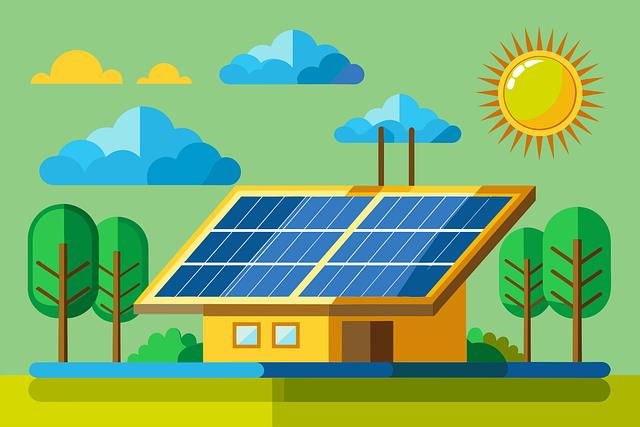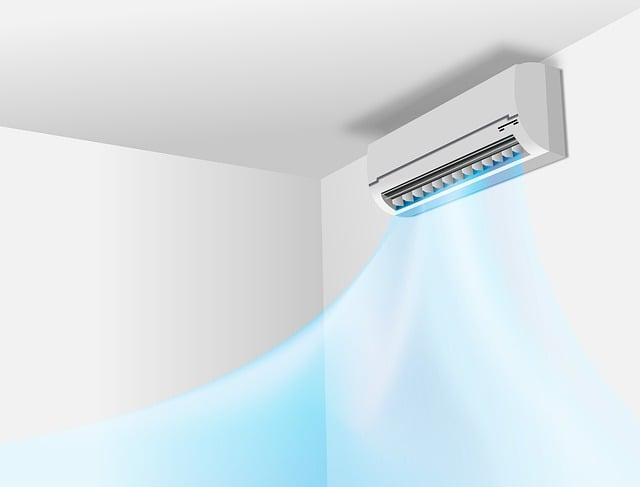- Introduction
- How Elastocaloric Cooling Systems Work
- Advantages of Elastocaloric Cooling Technology
- Applications and Industries Benefiting from Elastocaloric Cooling
- Challenges and Future Prospects for Elastocaloric Systems
- Conclusion
- FAQs
- References
Introduction
Elastocaloric cooling represents an innovative approach to temperature regulation that relies on mechanical properties of materials. As a relatively new and promising area of research, elastocaloric cooling systems exploit the thermodynamic changes in specific materials as they undergo stress or strain to facilitate heat removal. This article delves into the core working principles of these revolutionary systems, highlights their advantages, explores various application areas, and discusses the challenges that need to be overcome before widespread adoption.
We will also review key industry sectors where this technology could play a pivotal role, look at future possibilities, and answer common questions on how elastocaloric cooling systems compare with conventional cooling approaches.
How Elastocaloric Cooling Systems Work

(Image: Pixabay/@whitesession)
The primary mechanism behind elastocaloric cooling is based on non-linear elastic transformations of specific materials. When stressed (stretched or compressed), certain phase-changing materials such as shape-memory alloys experience thermodynamic shifts, releasing or absorbing heat. This phenomenon arises due to the configurational entropy change within the material's molecular structure, which ultimately serves as the foundation for temperature modulation.
A typical system operates by using a crystalline material capable of undergoing repeatable martensitic phase changes. During the stretching process, the material heats up. When the applied stress is removed, the material releases absorbed heat and cools down. By controlling these cycles efficiently, heat can be drawn out from enclosed spaces, thereby lowering temperatures without the need for chemical refrigerants.
This phase transformation cycle allows elastocaloric materials to cool or heat spaces with high energy efficiency compared to traditional vapor-compression refrigeration systems. The elastocaloric effect ensures that energy losses—often attributed to inefficient motors and moving parts—are minimized, adding to overall sustainability.
Moreover, as researchers tune the manufacturing processes and composition of active materials like nickel-titanium, the heat exchange rates become even more proficient. This suggests that elastocaloric devices may soon become commercially viable competitors to refrigerant-based air conditioning units.
Advantages of Elastocaloric Cooling Technology

(Image: Pixabay/@jamal39)
A major advantage elastocaloric cooling systems offer over traditional cooling methods is enhanced environmental friendliness. Current cooling technologies commonly use hydrofluorocarbon (HFC) refrigerants, which have significant global warming potential (GWP). Elastocaloric materials eliminate the need for chemical refrigerants entirely, drastically reducing the release of harmful emissions into the atmosphere.
Another advantage lies in energy efficiency. By harnessing mechanical energy rather than relying solely on electricity, elastocaloric systems have demonstrated a capacity to outperform current commercial refrigeration technologies in terms of both waste minimization and energy expenditure. Unlike compressors, elastocaloric devices do not require a consistent inflow of power, potentially decreasing operating costs over time.
Furthermore, elastocaloric systems are scalable for different applications. From small portable coolers to large-scale industrial HVAC setups, this magnetic-free cooling technology can be adapted across a wide range of products.
Additionally, elastocaloric systems often have fewer moving parts, which results in less wear and tear. This has the potential to increase the lifespan of the equipment significantly, further adding to cost savings over time.
Applications and Industries Benefiting from Elastocaloric Cooling

(Image: Pixabay/@athree23)
Elastocaloric cooling has diverse applications across multiple industries, promising advances in several key sectors. One exciting area is electronics cooling. With data centers and consumer electronics devices generating increasingly more heat, efficient thermal management is becoming critical. The lightweight, highly efficient nature of elastocaloric materials positions them as a strong alternative to traditional fans and liquid cooling solutions.
Another sector seeing promise is transport refrigeration. Given the demand for low-carbon solutions in refrigerated transportation vehicles and renewable supply chains, elastocaloric materials could work as an environmentally friendly cooling option for long-haul trucks and shipping containers.
Air conditioning systems in residential, commercial, and even space-constrained urban environments can also benefit from elastocaloric technologies. The scalable nature of these systems can help address energy demand spikes in big cities where traditional air conditioning exacerbates electrical grid loads.
Lastly, medical technologies that require precise temperature control—such as cryotherapy chambers and medical refrigerators—appear to be another growing market for elastocaloric devices. By enabling fine-tuned modulation, elastocaloric cooling opens new doors for machine-assisted health therapies.
Challenges and Future Prospects for Elastocaloric Systems
Despite its benefits, there are still several technical and practical hurdles that need to be addressed before elastocaloric cooling becomes widespread. One significant hurdle pertains to the development of durable, low-fatigue elastocaloric materials. Frequent mechanical loading and unloading cycles can wear down certain materials, leading to diminished performance over time. Consequently, finding alloys that maintain their efficiency after prolonged use is a top priority in current research.
Manufacturing costs remain another barrier. The production of shape-memory alloys used in elastocaloric systems can be expensive, especially as they currently lack economies of scale. To compete with the entrenched vapor-compression systems, efforts towards reducing the costs of materials or devising synthetic alternatives are essential.
Thermal control precision is also an ongoing challenge. As cooling cycles occur on an extremely rapid timescale, developing control electronics capable of handling instantaneous heat exchange will ensure elastocaloric systems function safely and effectively across different operational environments.
Nevertheless, as researchers continue to explore potential material substitutions and optimize designs, the future looks bright for elastocaloric cooling technology. Advances in metallurgy, nanotechnology, and piezoelectric technologies could all contribute to solving these issues and making elastocaloric systems a standard part of our future.
Conclusion
In summary, elastocaloric cooling technology holds immense potential to revolutionize the way we manage temperature regulation. Its non-reliance on chemical refrigerants and elevated energy efficiency make it a great eco-friendly powerhouse in the fight against climate change. While there are challenges related to material wear and scaling, continued advancements in the field of smart materials are likely to overcome these hurdles in the future.
With its emerging applications across sectors such as electronics, healthcare, industrial refrigeration, and beyond, elastocaloric devices could soon reshape global cooling industries. As R&D focuses on improving material stability and reducing costs, we are likely to see more innovations that bring elastocaloric cooling to the forefront of sustainable technologies.
FAQs
What materials are used in elastocaloric cooling systems?
Elastocaloric materials typically include shape-memory alloys, such as Nitinol (nickel-titanium), capable of undergoing phase changes when subjected to mechanical stress. Recent developments are exploring other alloy combinations to improve performance and reduce costs.
How energy-efficient are elastocaloric systems?
Elastocaloric cooling systems can provide significant energy savings over traditional systems. Since they operate using mechanical stress-induced reactions, they don't consume as much electrical energy as vapor-compression systems, offering a more efficient solution in various applications.
Can elastocaloric systems replace current HVAC systems?
In theory, yes! However, commercial availability may take some time. As of now, elastocaloric technology is still under research and development phases. With improvements to material longevity, heat management, and scalability, it shows great potential to replace existing HVAC systems in the future.
What are the environmental impacts of elastocaloric cooling?
Elastocaloric systems reduce or eliminate the need for harmful chemical refrigerants, providing a much greener alternative to traditional cooling methods. They do not contribute to global warming via refrigerant leakage that occurs in chemical-based systems such as those using hydrofluorocarbons (HFCs).

